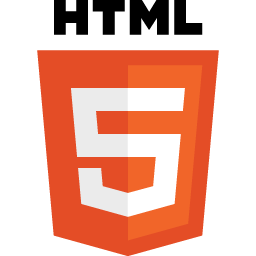There has been a while since my last blog post here. A lot of things have been going on in my life since then, I got a little kid, moved back to Sweden after several years abroad and I moved into a new apartment in Malmo. Finally things have settled a bit and I have been able to find some time to produce more content for the blog between remote working, diaper changing and home styling.
It's been about a year since I first started this blog with a visit report from FITC Amsterdam 2011. I was there again this year and this is what I got out of it.
Last years conference was mostly about the Flash vs HTML5 debacle. At that point HTML5 was still very new, browser support was bad, performance even worse and for application development Flex and Flash still seemed like the better choice.
A lot of things has happened over the past year and HTML5 has gained significant grounds in terms of technology advancements and general acceptance during that period. At the same time the uncertainties surrounding the Flash platform over the past few months have made decision makers more reluctant to choose Flex for their next project and are opting for HTML5 solutions.

This was also reflected in the program of this years conference. The vast majority of the technology related presentations were all focusing on HTML5. Even the keynote presentation by Adobe was all about what they are doing in the HTML5 field and you could see an evident change of focus and strategy from this big player in both fields.
So does this all mean that Flash is dead? Not necessarily. The message from Adobe is that the future of the Flash platform will be focussed on advanced gaming and premium video. The idea behind it being to not try to do everything and support every use case, but focus on one or a few main areas, and do them really well.
So for me as a developer using Flex, what is the way forward? Well I guess whenever you are presented with a new project it is still a question of choosing the right technology for the job. For a decently sized enterprise application project I would probably still go with Flex. Even if most of the things that you can do in Flex can now be accomplished with HTML5 related technologies HTML5 still has a long way to go in terms of development experience, tooling and browser support.
I would also keep an eye on what the community can do for the future of Flex now that it has been donated to the Apache foundation as an open source project. Maybe at some point we could even have a decent Flex to HTML5 compiler with a few tweaks in the language specification. The conference made me start thinking and I'll try to gather my thoughts on the future of Flex in a later blog post.
I had a great time at this years FITC Amsterdam, as did I last year. Interesting and relevant presentations, inspiring atmosphere and some very cool people. Add some free beers to the mix and you have a great event right there. I will definitely try to return again next year.
Stay tuned: Over the coming days I'll be publishing short recaps of the various presentations I attended during the conference, it will be almost as if you had been there yourself;
- Getting acquainted with jQuery, Matt Fisher
- Open web technologies as an alternative to plugins, Michal Budzynski
- HTML5: Life in the trenches, Grant Skinner
- Adobe keynote, Mike Chambers et al.
- Hello Sencha: HTML5 Applications, Ted Patrick
- Deep Dive in the Flash Platform Roadmap, Thibault Imber
- CreativeJS: Visual fun in JavaScript, Seb Lee-Delisle
- The future of HTML5 Motion Design, Mark Anders
- Influxis Voodoo Lounge, various presentations and presenters
- A Conversation with Mr. doob, Mr. doob, Seb Lee-Delisle
- The new playground: Adobe & HTML5, Deepa Subramaniam
A core technology of the Internet originally proposed by Opera Software. It is the fifth revision of the HTML standard (created in 1990 and standardized as HTML4 as of 1997) and as of February 2012 is still under development. Its core aims have been to improve the language with support for the latest multimedia while keeping html5 easily readable by humans and consistently understood by com
ReplyDelete